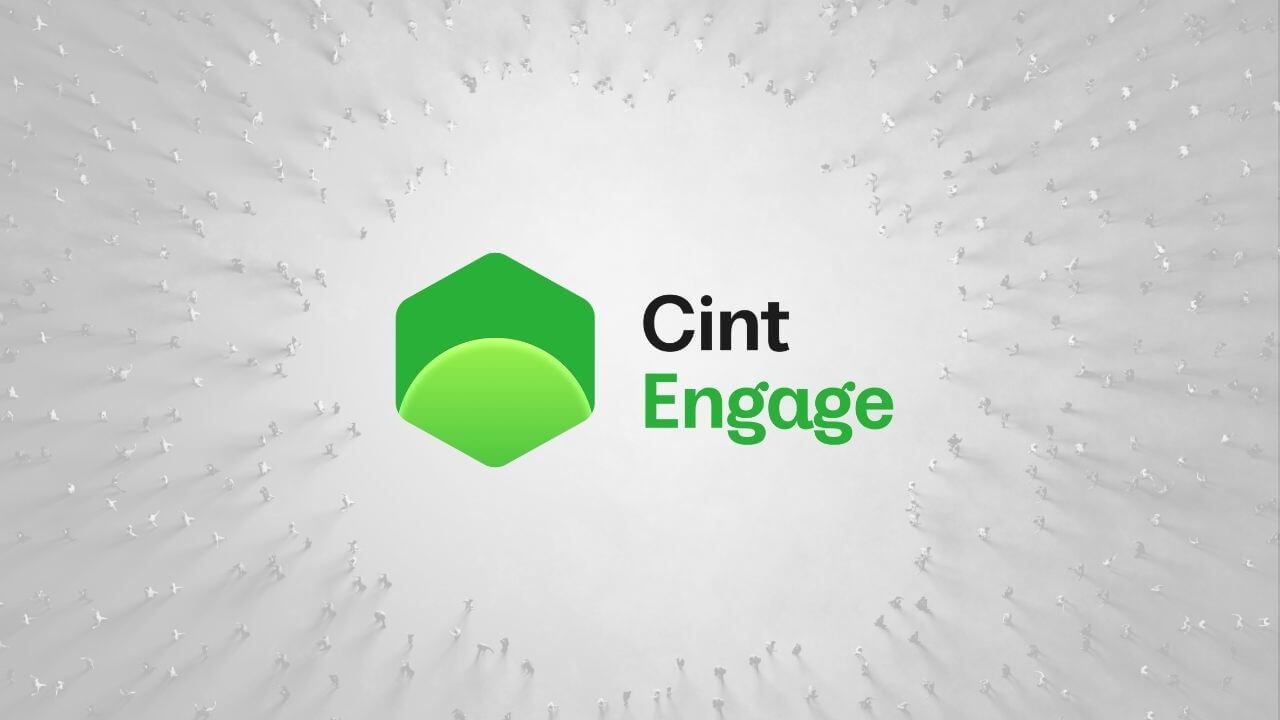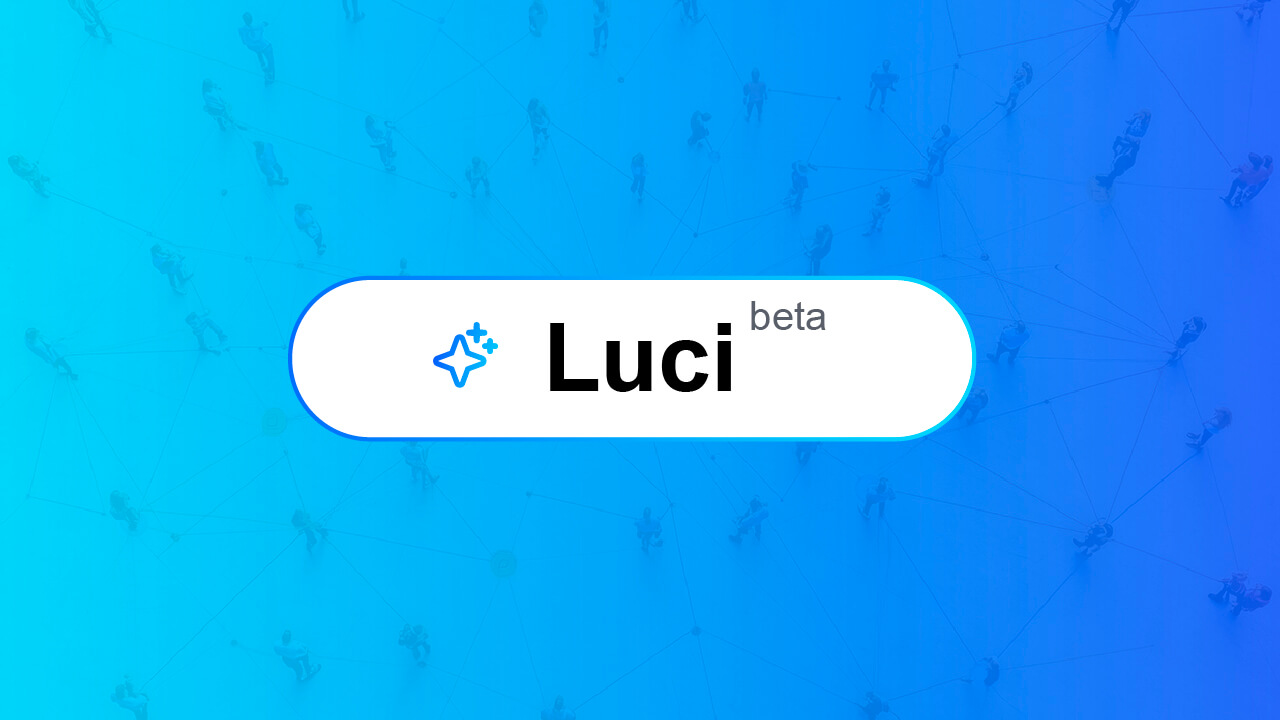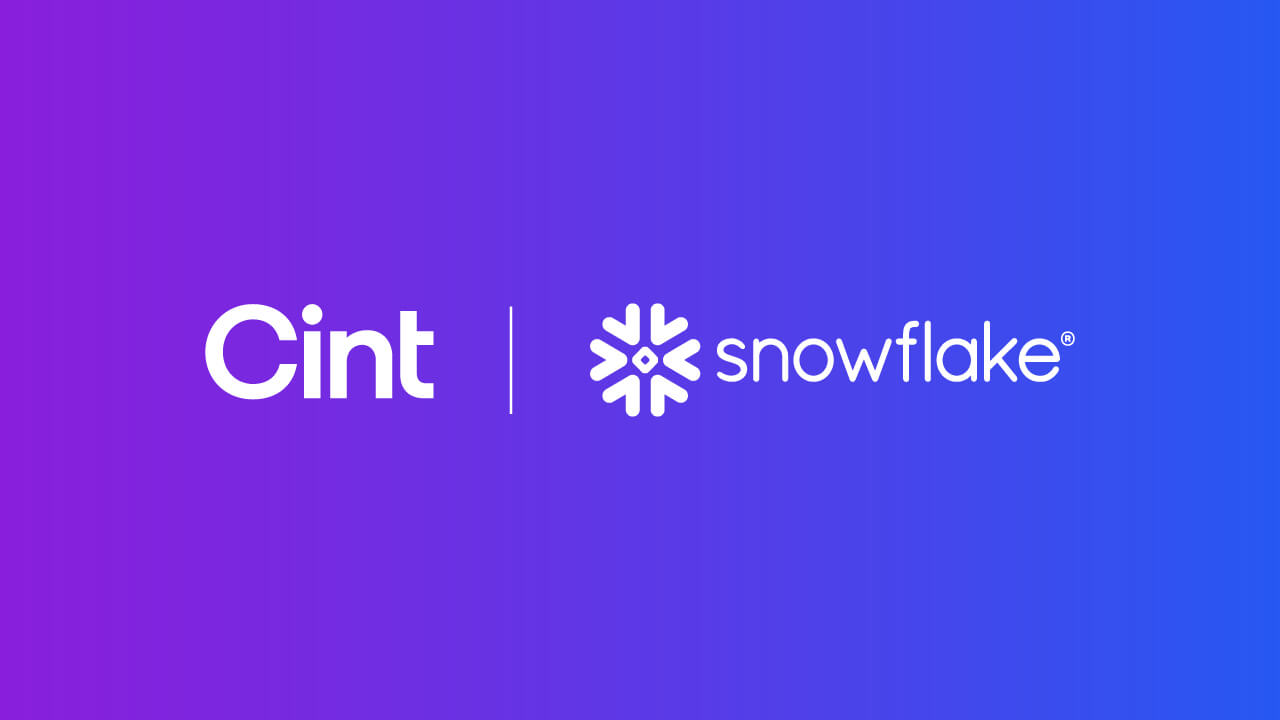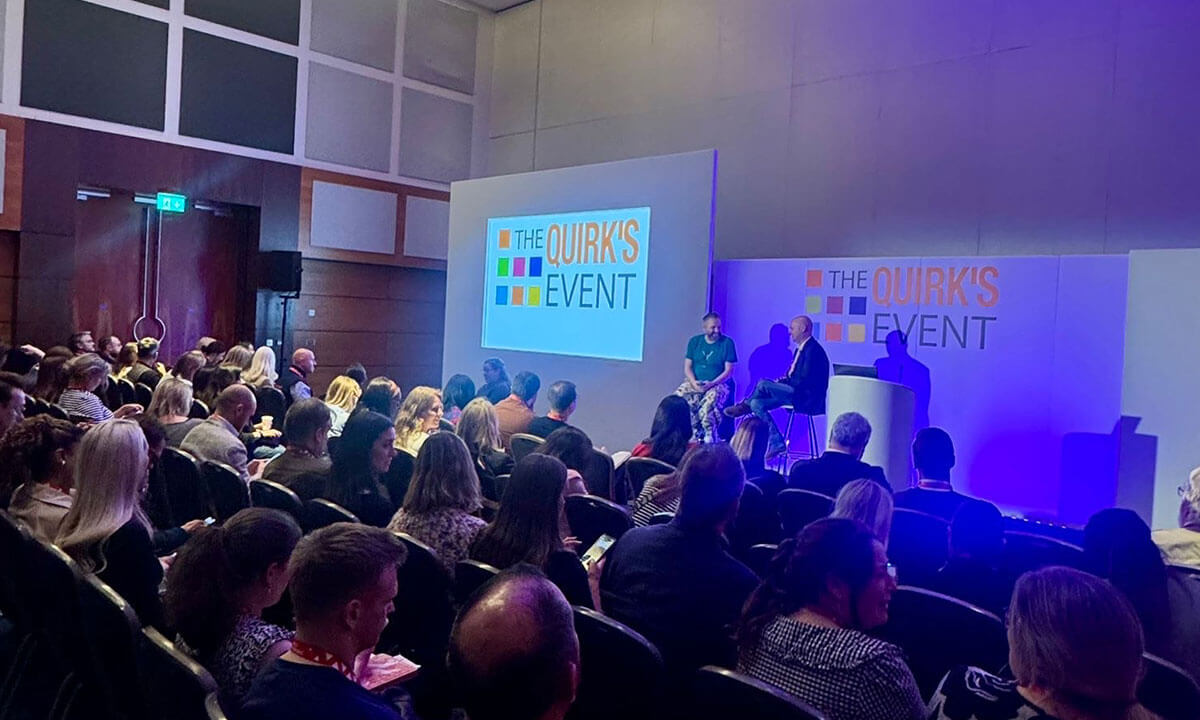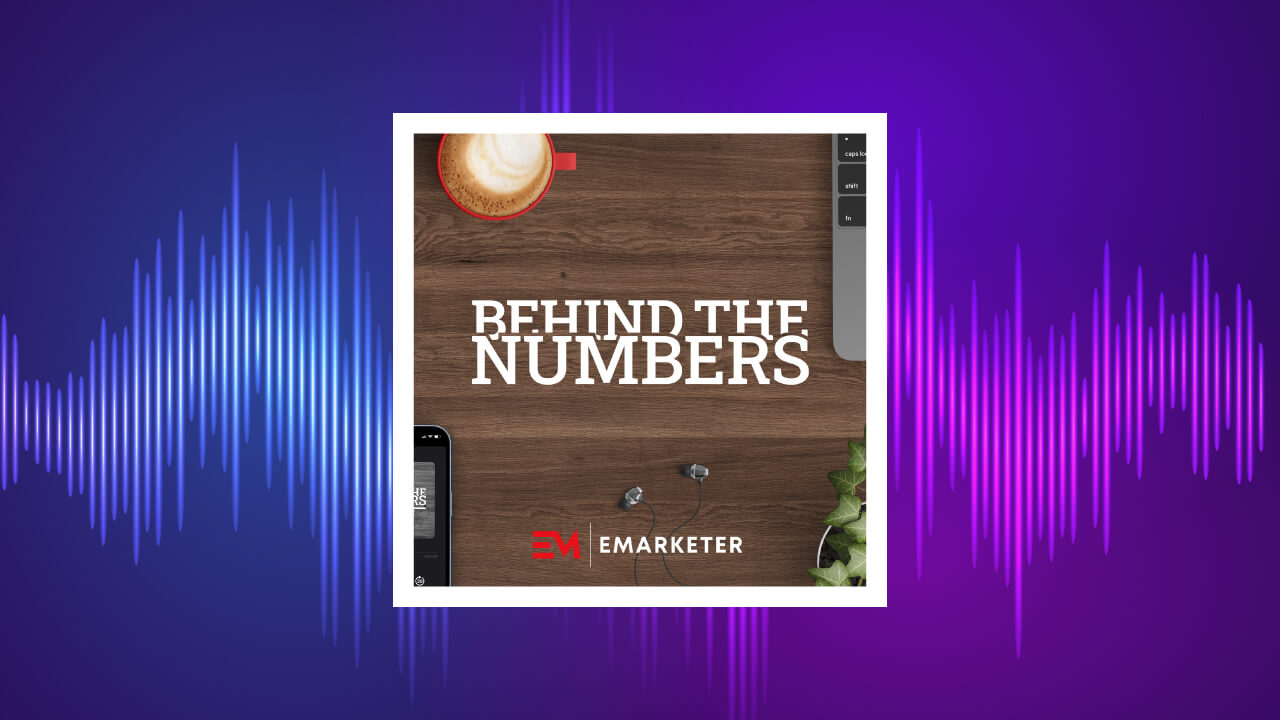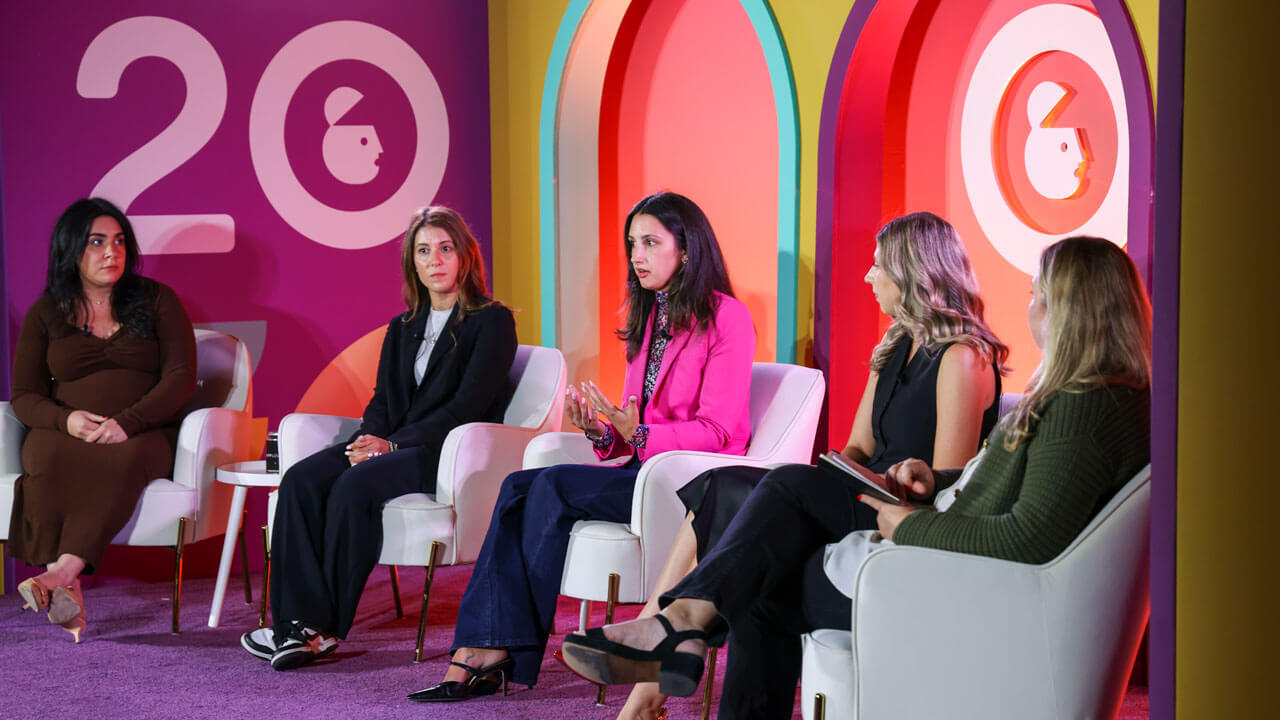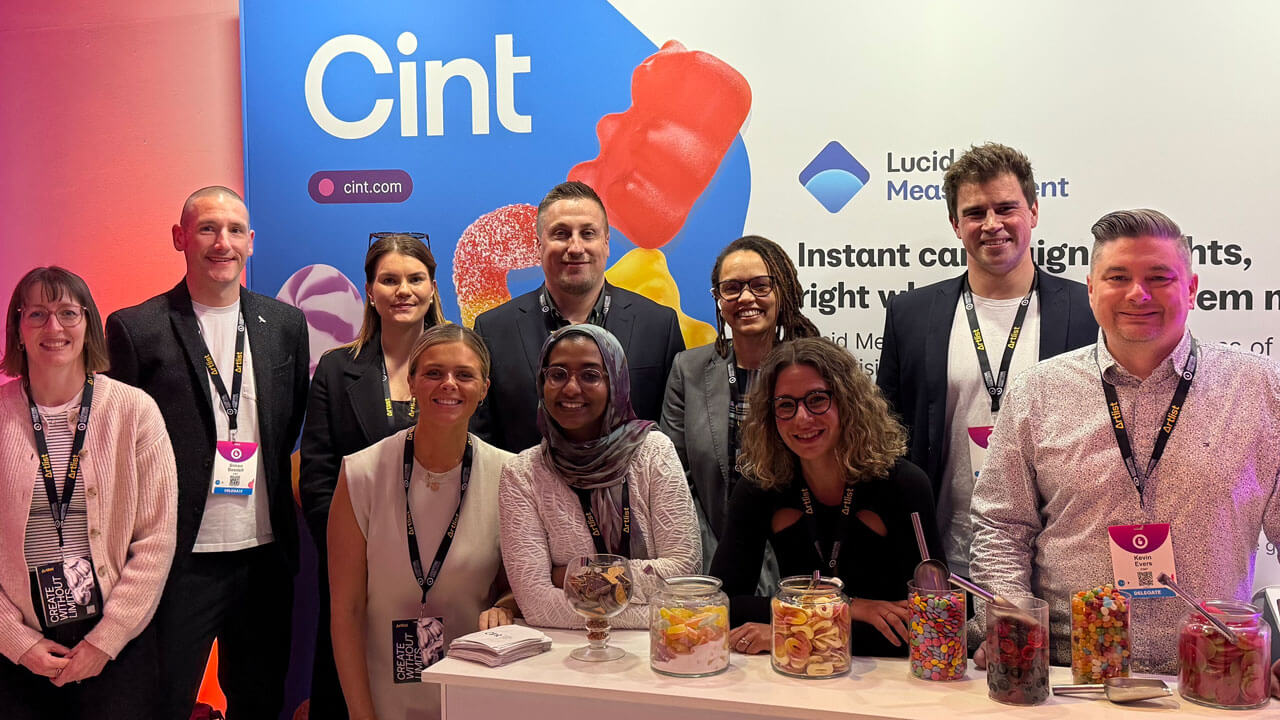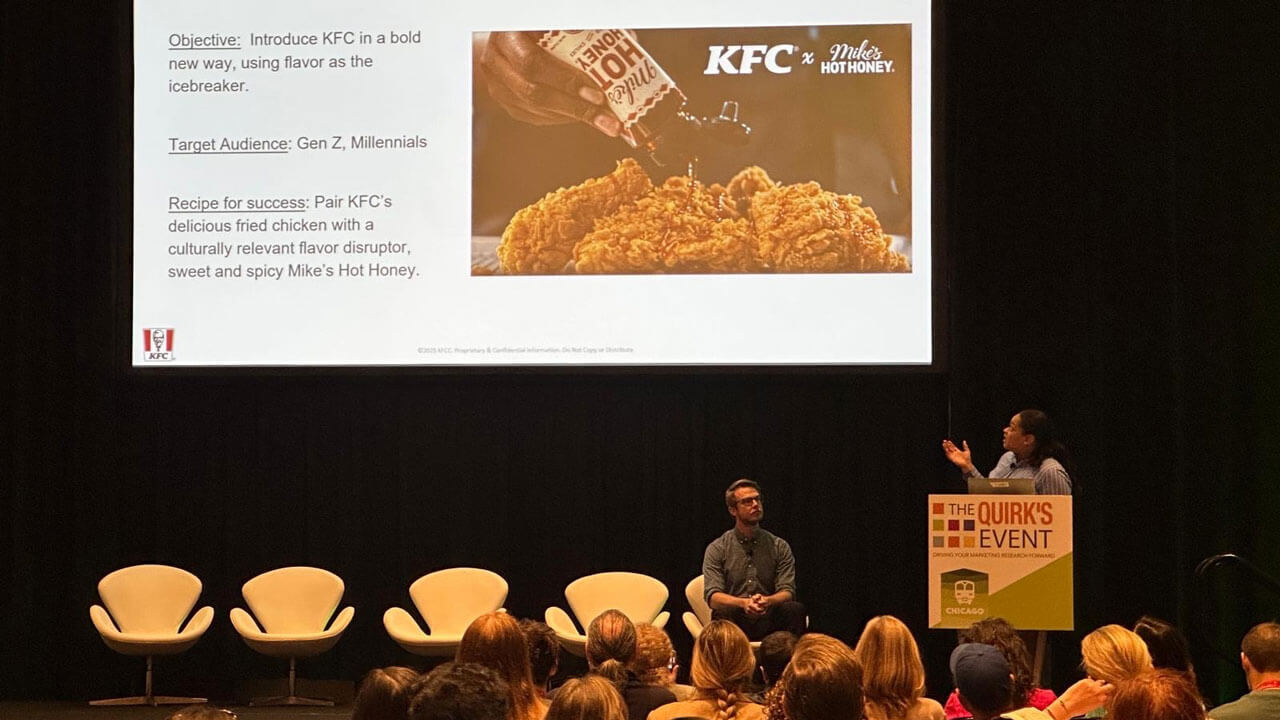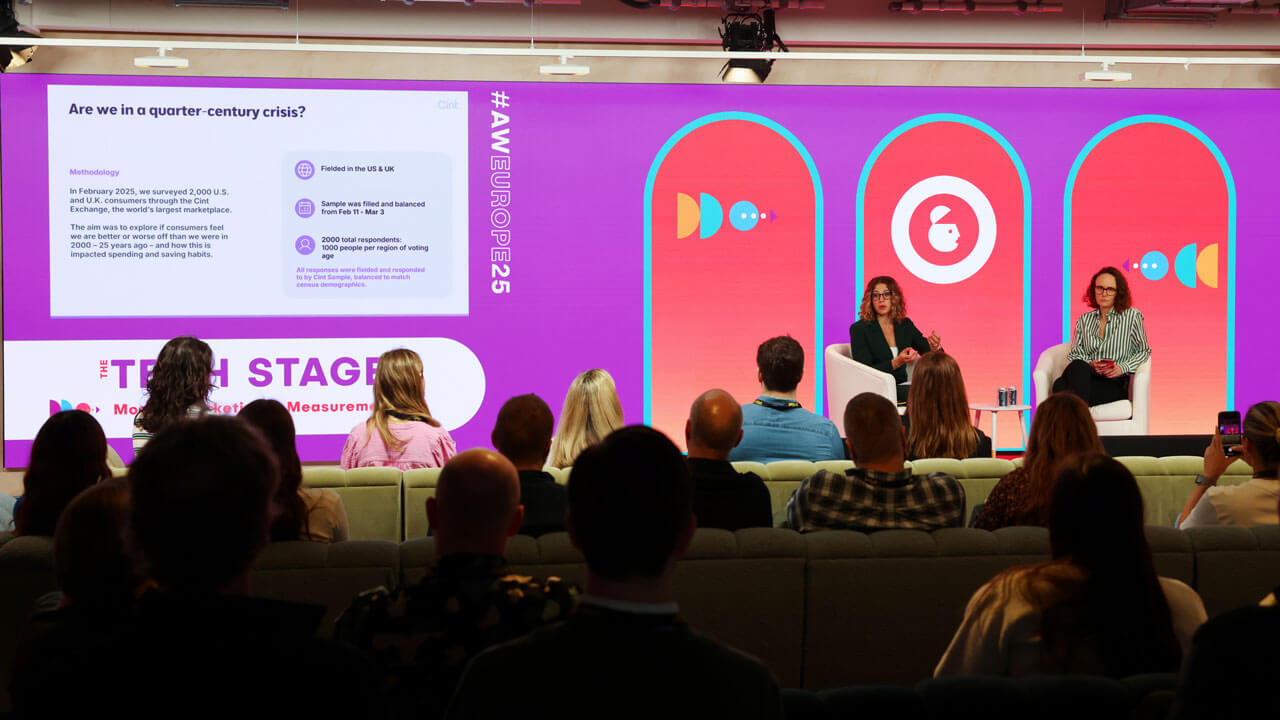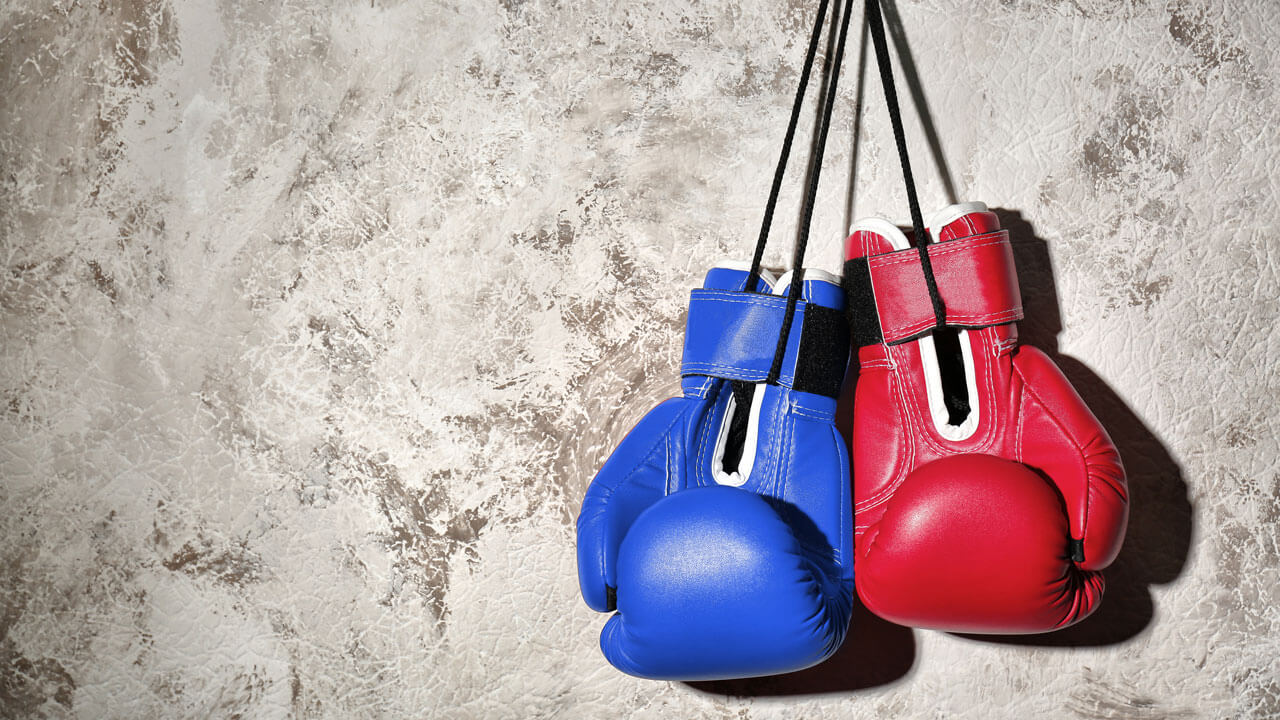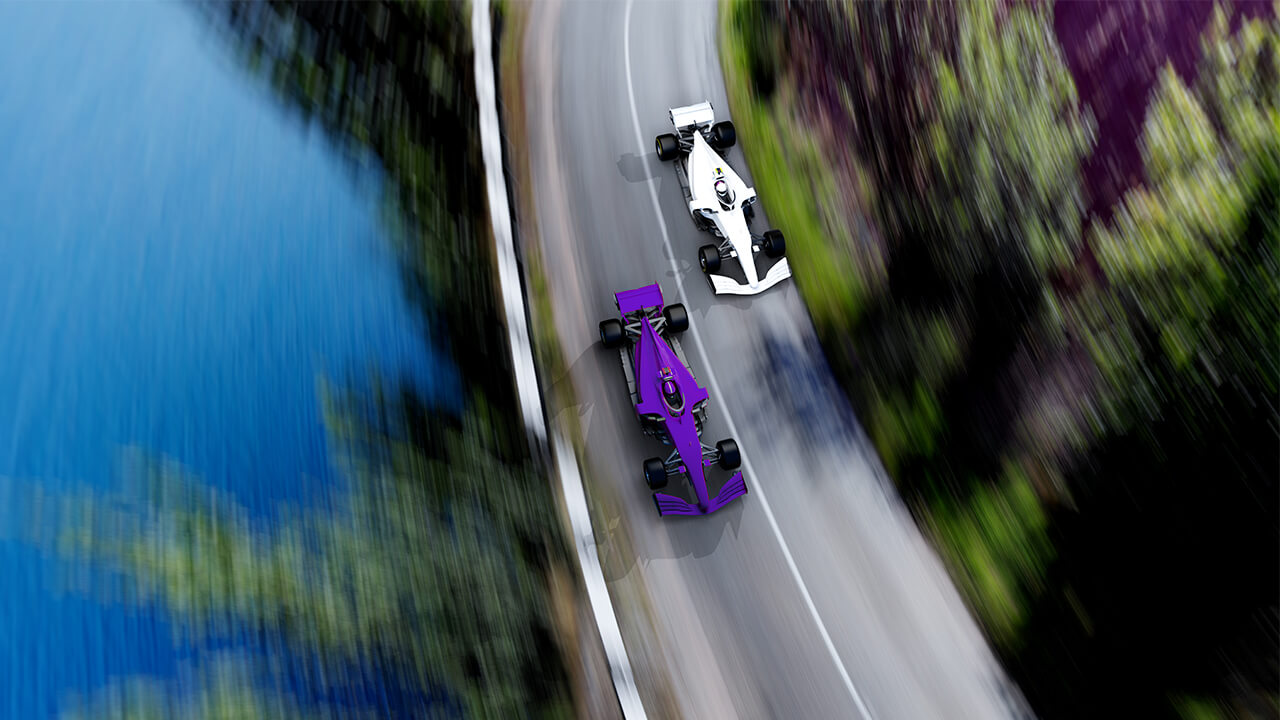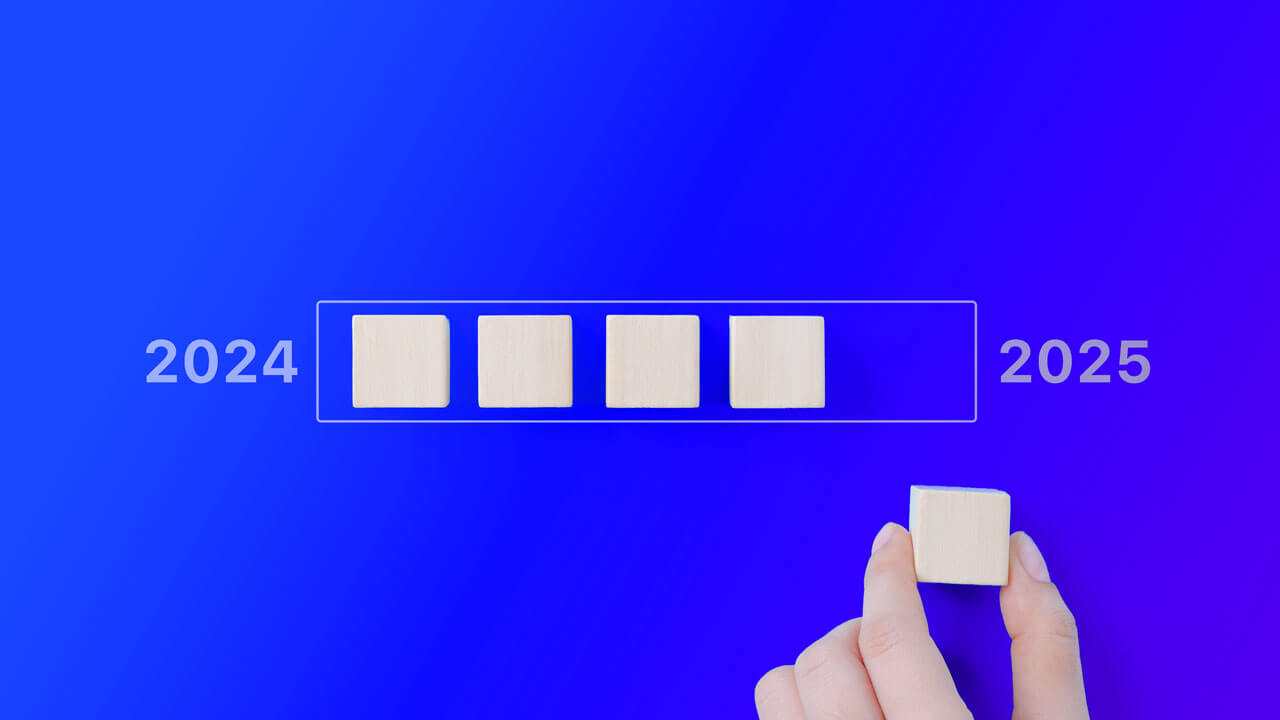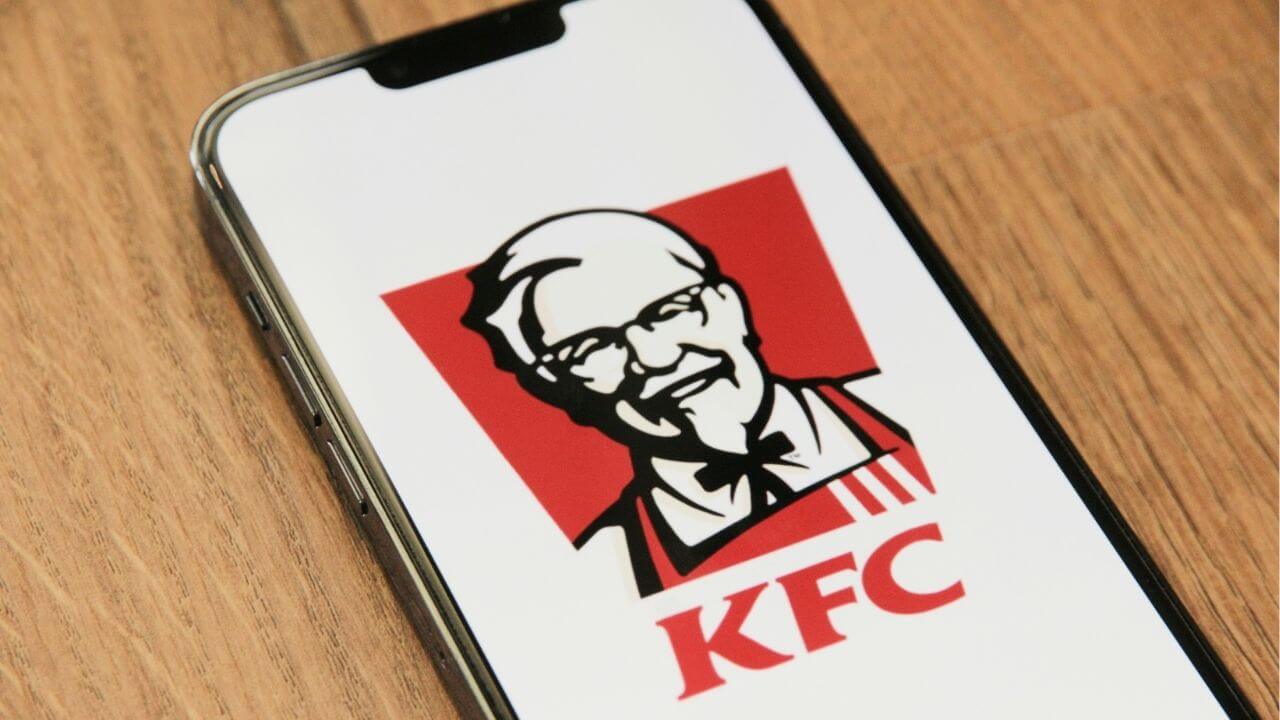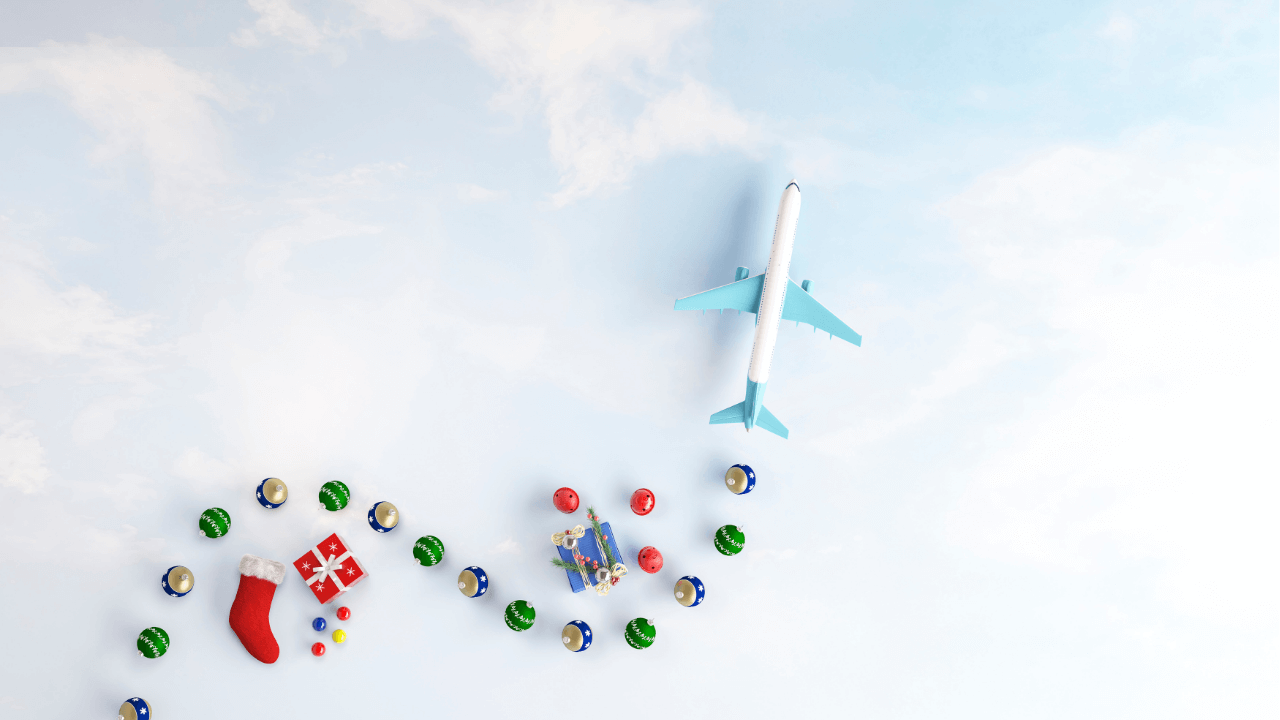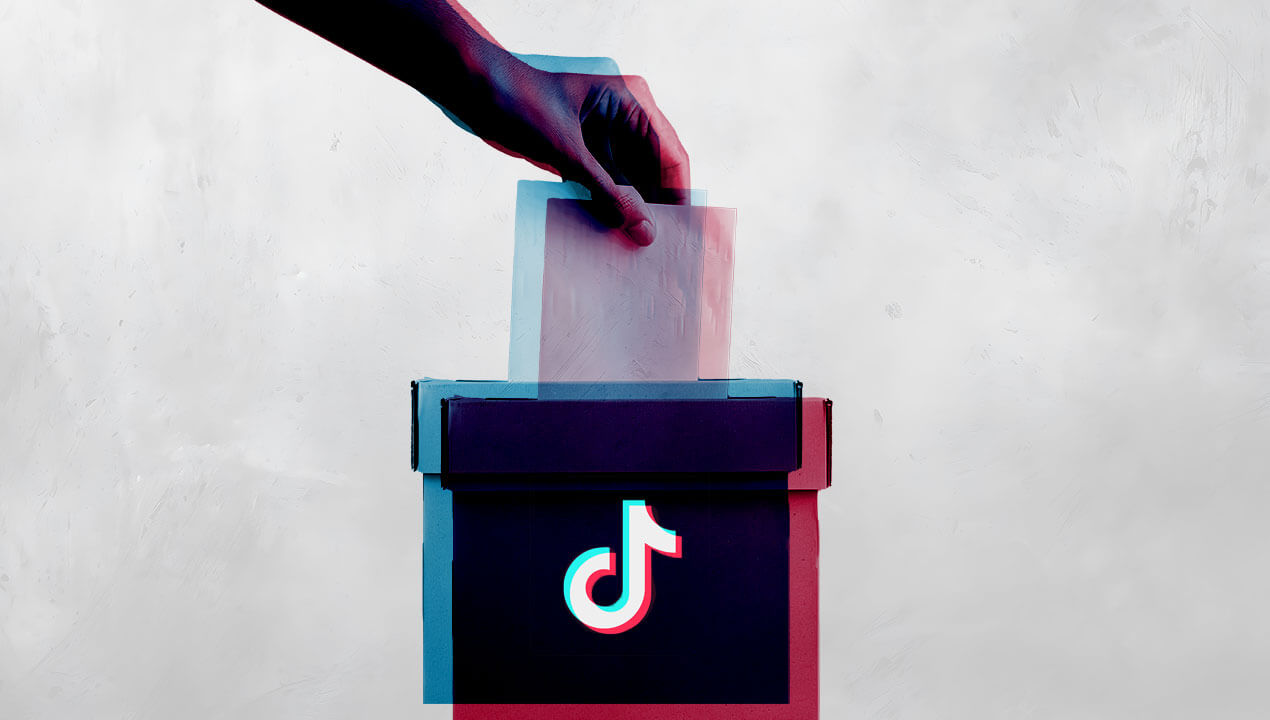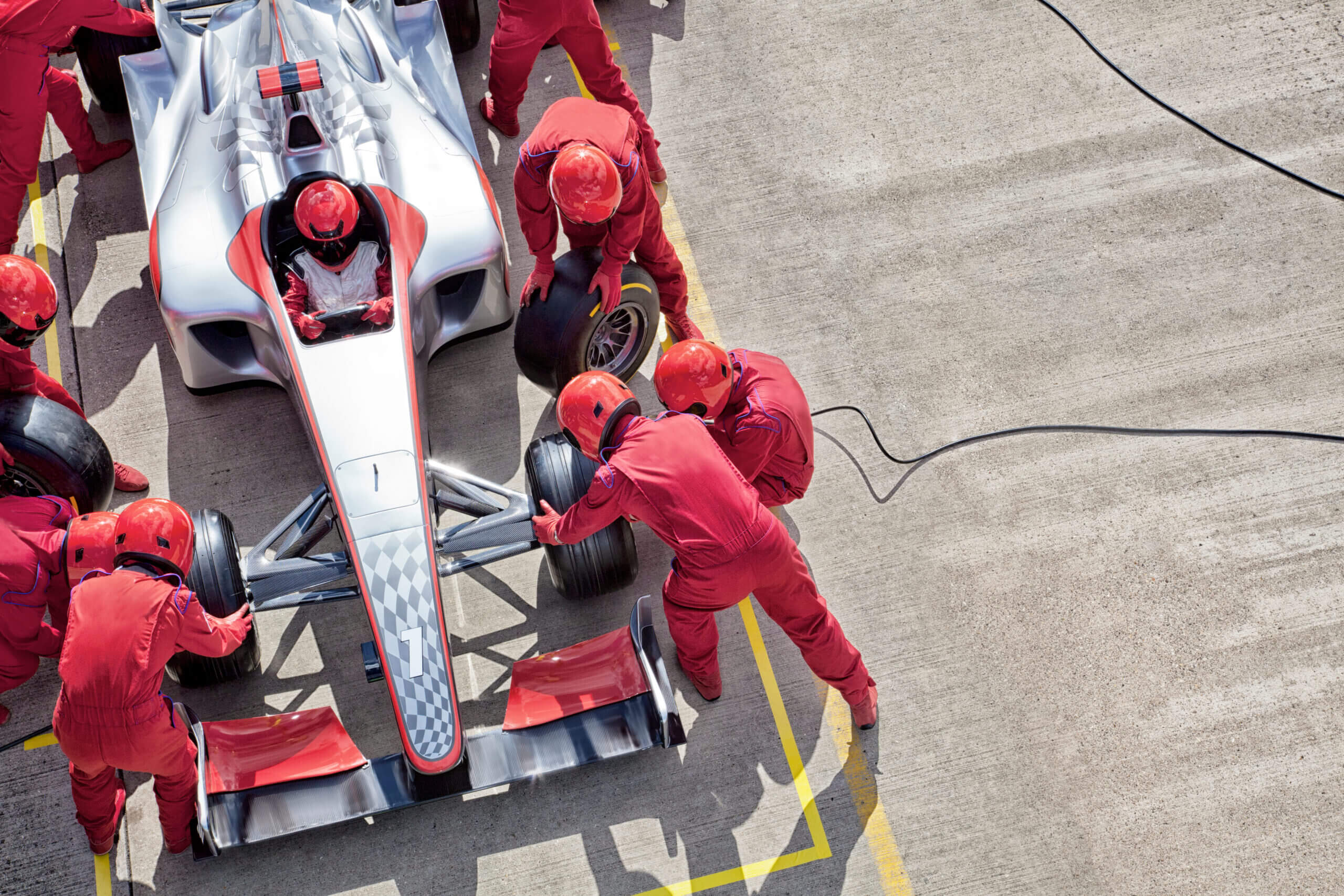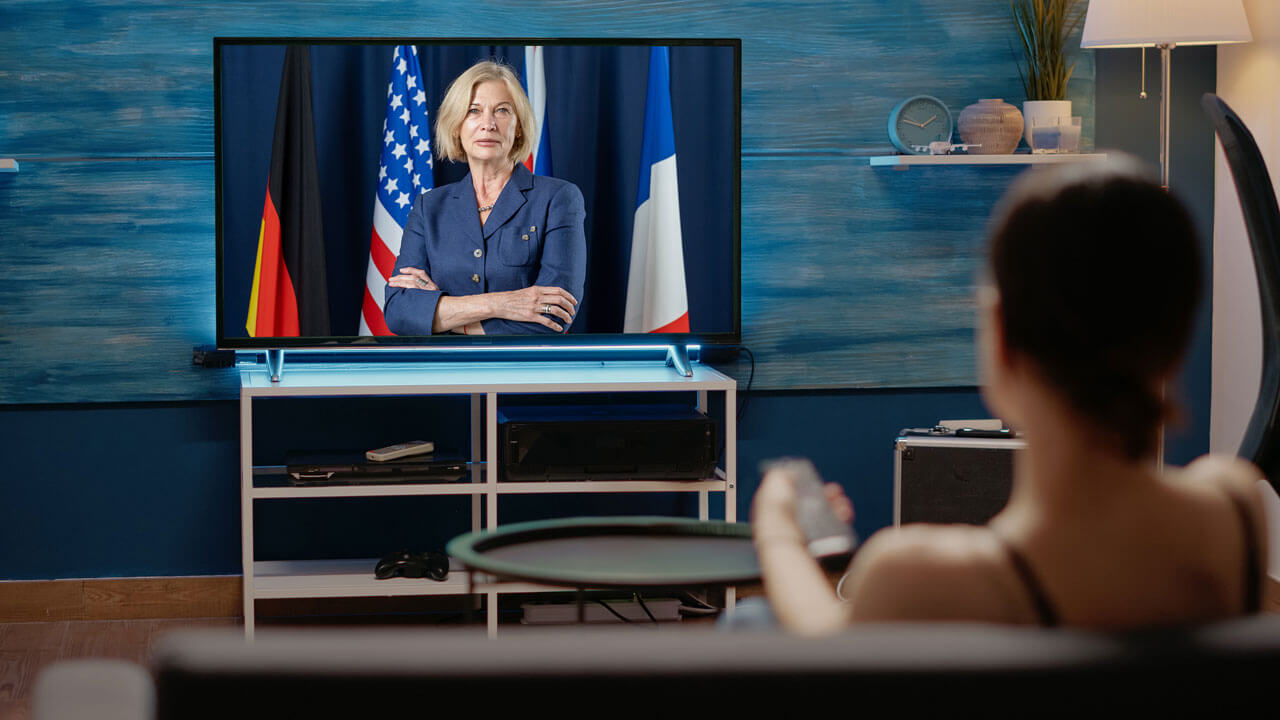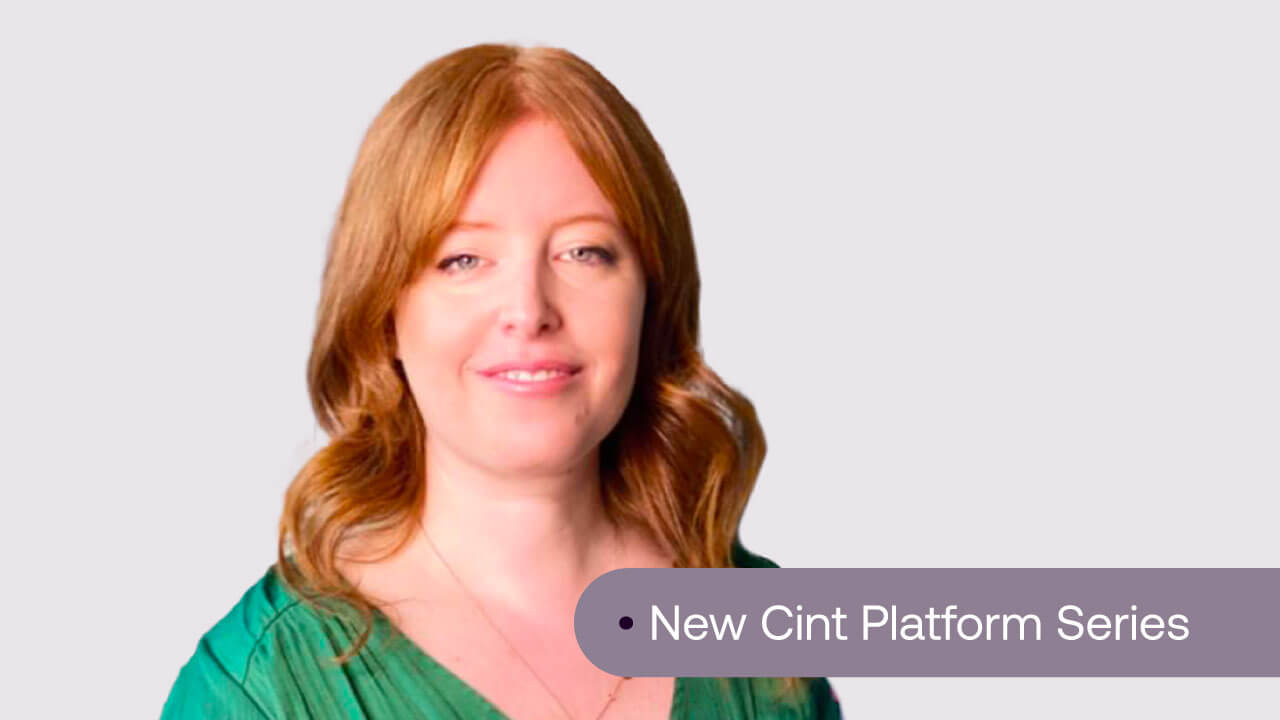What is brand lift?
The focus of brand lift studies is to measure the effectiveness of advertising campaigns. For people working with, for, or on the behalf of brands, a brand lift study helps with understanding how specific ad campaigns impact consumers’ perceptions of the brand in question.
Brand lift studies measure perception in the moment, providing you with qualitative and quantitative insights that may form part of in-flight decision making.
Brand lift KPIs are typically measured within an exposed vs un-exposed context to isolate the impact of the campaign in review, and form a vital part of the campaign performance insights process.
Why optimize brand lift?
Optimizing brand lift is crucial for marketers as it is a means of directly measuring how campaigns have the ability to positively alter consumer perceptions and attitudes.
Tracking metrics like awareness, ad recall, and purchase intent allows marketers to understand if messaging resonates and influences brand perception. This insight enables strategic in-flight campaign adjustments.

Tracking metrics like awareness, ad recall, and purchase intent allows marketers to understand if messaging resonates and influences brand perception. This insight enables strategic in-flight campaign adjustments.
Results may differ from one campaign to another and Cint cannot guarantee the effectiveness of any one optimization strategy developed as a result of the use of a media measurement tool.
Remember, what works for one brand, campaign, or audience, may not be a viable solution for another.
Optimizing ad recall lift
Ad recall lift is a measurement of how many respondents remember seeing an advert after being exposed to it. Higher ad recall lift is indicative of a campaign that managed to successfully capture the attention of those exposed to it.
Being able to accurately track ad recall lift rates is highly valuable as it allows marketers to measure creative effectiveness and ad frequency impact.
Here are a few general examples of ways that ad recall lift might be optimized in your campaign:
- Increase frequency: Ensure users see your ad on multiple occasions — but try to avoid over saturation.
- Enhance creative distinctiveness: Try and use strong branding clues, including logo placement, colors, and unique visual components.
- Test different ad formats: Not everything works for everyone. Some formats, like video, tend to drive higher recall than just using static imagery.
- Make the first three seconds count: If you go down the video route, attempt to capture user attention early by leading with clear messaging about the product or service in question.
Optimizing brand awareness lift
Brand awareness lift refers to the measurement of how much a marketing campaign increases consumer awareness and perception of a brand as a result of exposure to an ad for the brand in question.
Increased brand awareness can lead to stronger customer loyalty, higher purchase consideration, and better brand recall during decision-making moments. It also allows brands to best understand what type of messaging, media channels, and creatives work for their audiences. This feedback allows for better optimization of future campaigns to drive greater success.
Here are a few general examples of ways that brand awareness lift might be optimized in your campaign:
- Broaden audience targeting: You may consider expanding reach beyond your core audience for the purpose of increasing brand exposure and awareness to different demographics.
- Consider high-impact formats: Placements in media spaces with wider audiences could increase brand awareness.
Optimizing brand consideration lift
Brand consideration lift is a measurement of the increase in respondents’ willingness to consider a brand for purchasing. Brand consideration lift allows marketers to get insight into the media effectiveness of an advert or campaign when it comes to influencing purchasing potential.

Brand consideration reflects a deeper level of engagement and as such can help with guiding strategy decisions, ascertaining the difference between your brand and your competitors, and assess your return on investment (ROI).
Brand consideration reflects a deeper level of engagement and as such can help with guiding strategy decisions, ascertaining the difference between your brand and your competitors, and assess your return on investment (ROI).
Here are a few general examples of ways that brand consideration lift might be optimized in your campaign:
- Emphasize product benefits: Focusing on the unique selling points of your brand, product, service or proposition could provide benefits to the campaign.
- Think about testimonials: It could be worth considering the role that testimonials play when it comes to building additional credibility and trust in your brand.
- Refine targeting: There is scope to retarget engaged audiences who have interacted with your brand but are yet to be converted into customers.
Optimizing brand attribute lift
Brand attributes lift is a key marketing metric that measures various shifts in consumer perception regarding the specific brand qualities of particular brands. These qualities, or brand attributes, can include descriptive terms such as “innovative” or “affordable,” and their measurement helps marketers understand brand sentiment and brand positioning.
- Foreground storytelling: There’s an argument to be made that campaigns that use narratives which reinforce desired brand attributes could be more effective than going down a more generic route.
- Align your audience with your media: It is potentially worth considering if the media platforms you are running your campaign on align with where your audience tends to consume content.
Learn more
Want to know more about how you can optimize lift results for your campaigns through Lucid Measurement? Get in touch with Cint today.












